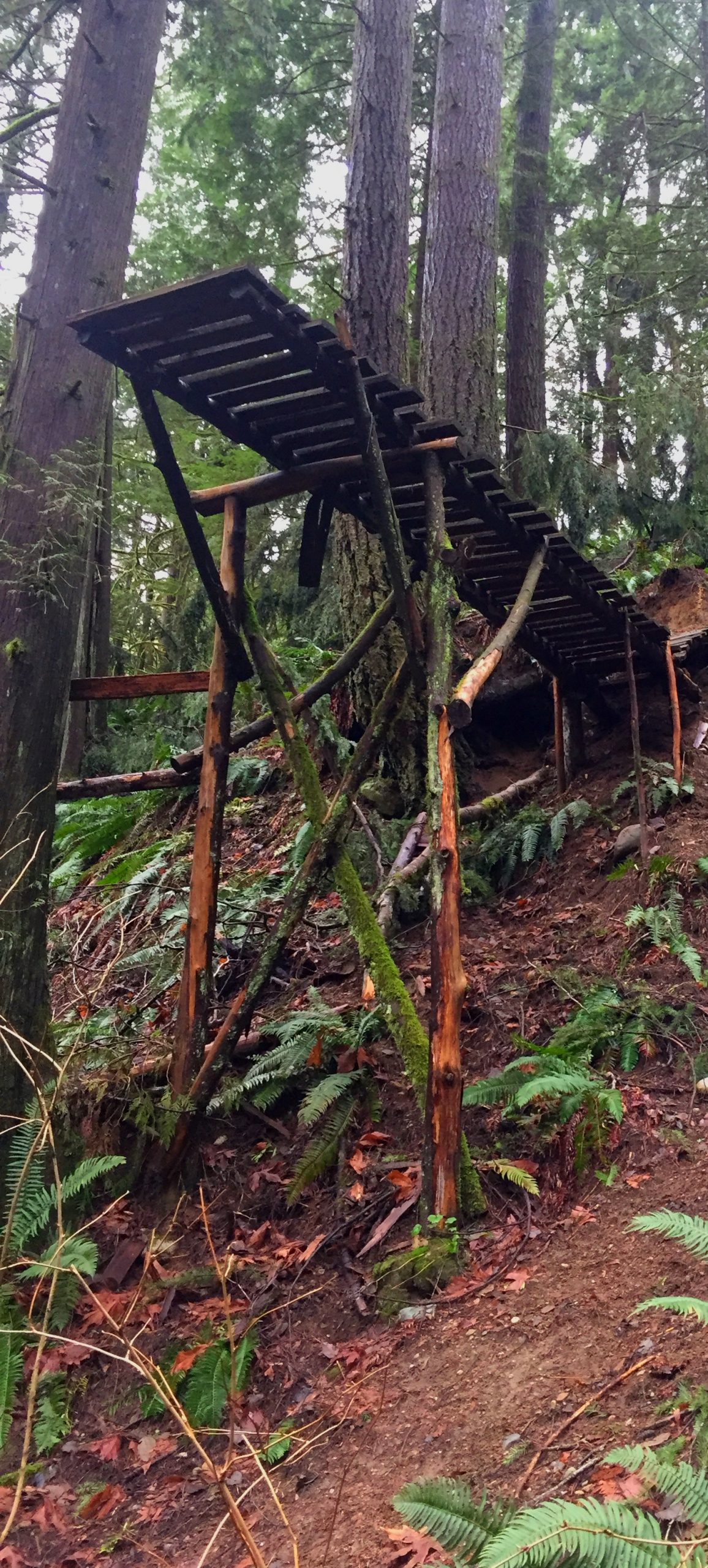jump to: Strategy Coaching | Structure Development
Curiosity & Creativity
Generally, I approach my consulting work as a series of mysteries that need to be solved. This is because, firstly, if they weren’t a mystery you would have found the right course forward, and we wouldn’t have this chance to work together. Secondly, it helps me avoid applying “what worked last time” type solutions. Rigorously applying a fresh set of eyes, especially in the early stages, is important, even if in the end we select a path or solution that has worked somewhere else before.
I seek to help clients achieve their goals by being innately curious about all aspects of the business and taking a creative approach that applies design thinking to strategy.
My curiosity naturally pulls me to ask questions to better understand and give attention to all facets of your business – from business development, sales & marketing, and finance & admin to design & engineering and operations. Then I work with you to think creatively about the challenges you face and find new solutions.
Together, we synthesize the needs of the customer to the goals and capabilities of the organization and ensure that your path forward solves the challenges in ways that will last.
the Cascade
The key ingredient to success (and a key ingredient to how I work) is to begin by defining the “What” – the goal – and the first level “How”s – the big picture steps needed to achieve those goals, and communicating them to the team to ensure everyone has clarity on the overall objective.
Those steps become “What”s for the groups at the next level of the organization, and that process cascades through the organization until there is a comprehensive plan to achieve those original high level “What”s.
Synthesizing a strategy and its implementation is a cascading and iterative set of discussions that starts with some big picture thinking – what are the key goals of the overall organization? The answer to that question informs the next question: what structure is best suited to achieve that strategy? And finally, what resources are needed to support that structure? We dig into these questions as we cascade the strategy through the organization.
Strategy Coaching
As you develop your strategy you will involve various people in your company, many of whom do not do strategy on a regular basis. They will need to shift gears. That shift leverages your team’s creativity and brings innovative solutions to the question “How are we going to achieve our goals?”
That starts with your leaders communicating their goals (their What) with clarity. There is a difference between communicating operational objectives and communicating strategic ones. It is also important to tailor the message so it is focussed and relevant for each audience.
Structure Development
Whether you think of it as “having the right people in the right seats on the bus” or as some other metaphor, the right structure will provide clarity to the team and allow the company to achieve more than they would if it the structure wasn’t aligned to the strategy.
Part of structure development is discussing the tradeoffs between the different ways that a company can be structured, both the positive benefits and the costs of making any changes.
Tactical Design
Once strategy and structure are clear and well communicated, the next set of choices is centred around ensuring the right resources are available. In some cases existing systems and tools will work well, in others they may need adjustment. Or, as is often the case, new tools, systems, processes or technology will be needed to support the strategy and structure.
How We Work
The specific format of how I work with you is as unique as your situation, but generally falls into 5 phases:
- Initiation
- often over coffee, or perhaps at your place of business, our initial meeting serves as a “get to know you” meeting, and to allow us to determine if and how I can help.
- If I can help, I’ll draw up a proposal or a sketch of a potential path forward – often a staged engagement rather than a long term commitment, depending on your specific needs.
- Once we have a framework for how we will work together (and once I sign any paperwork you require – NDA, etc.), we move forward.
- Discovery
- Discovery gives me an opportunity to really learn about your business from you and your team and synthesize that discovery into a full picture.
- Design
- the design process begins with the big picture and cascading that through the organization as each area determines their best path to achieve their portion of the overall goal.
- This phase is often iterative, going back for further discovery as we develop and detail your path forward.
- Implementation
- Once design is complete, the implementation plan can be created. This is also iterative and cascades through the organization, which ensures that the full capacity of the organization is pulling on the same rope towards the same set of goals.
- Continued Support
- In some cases I provide ongoing support, which is tailored to the needs of the business and the people involved.


